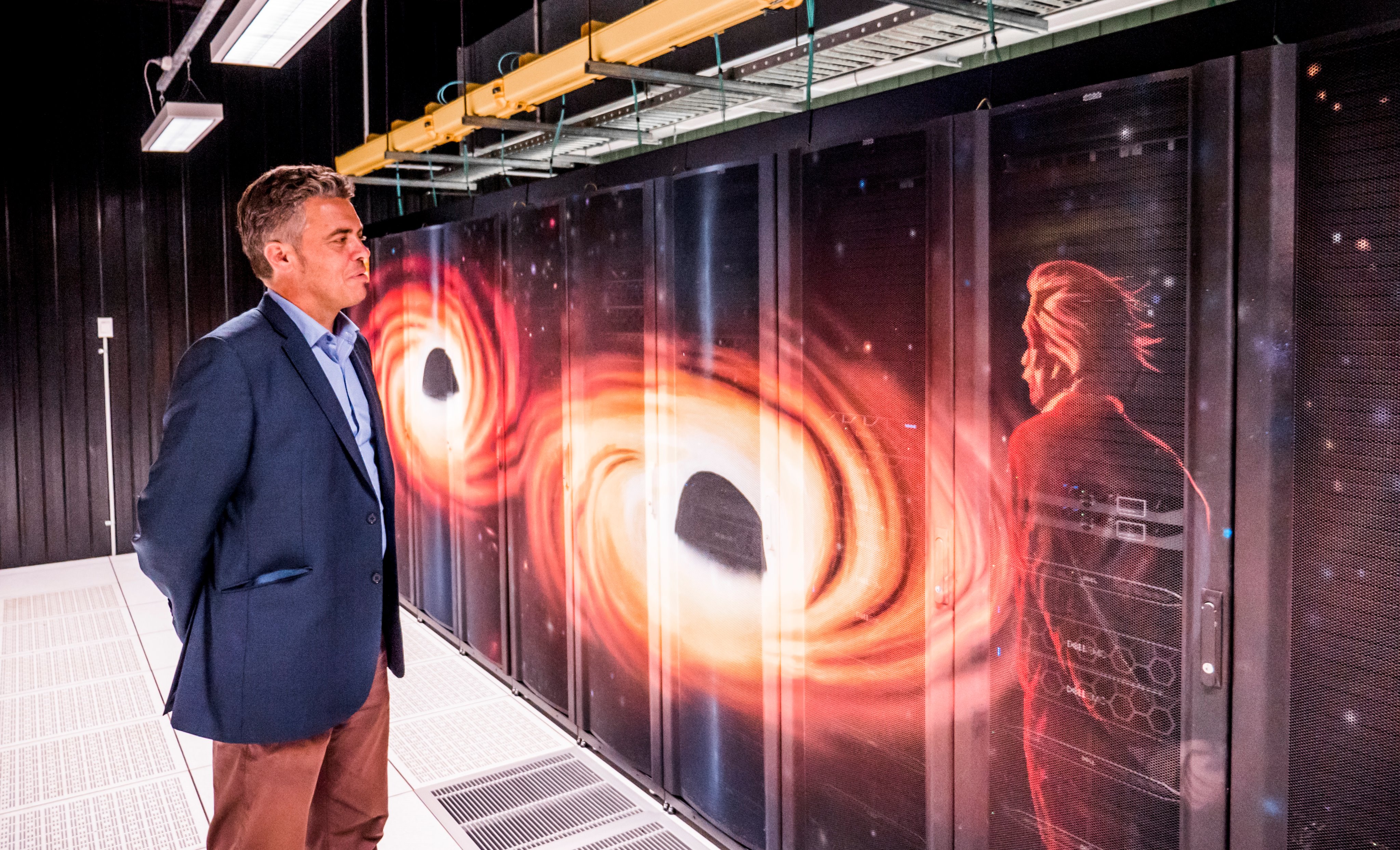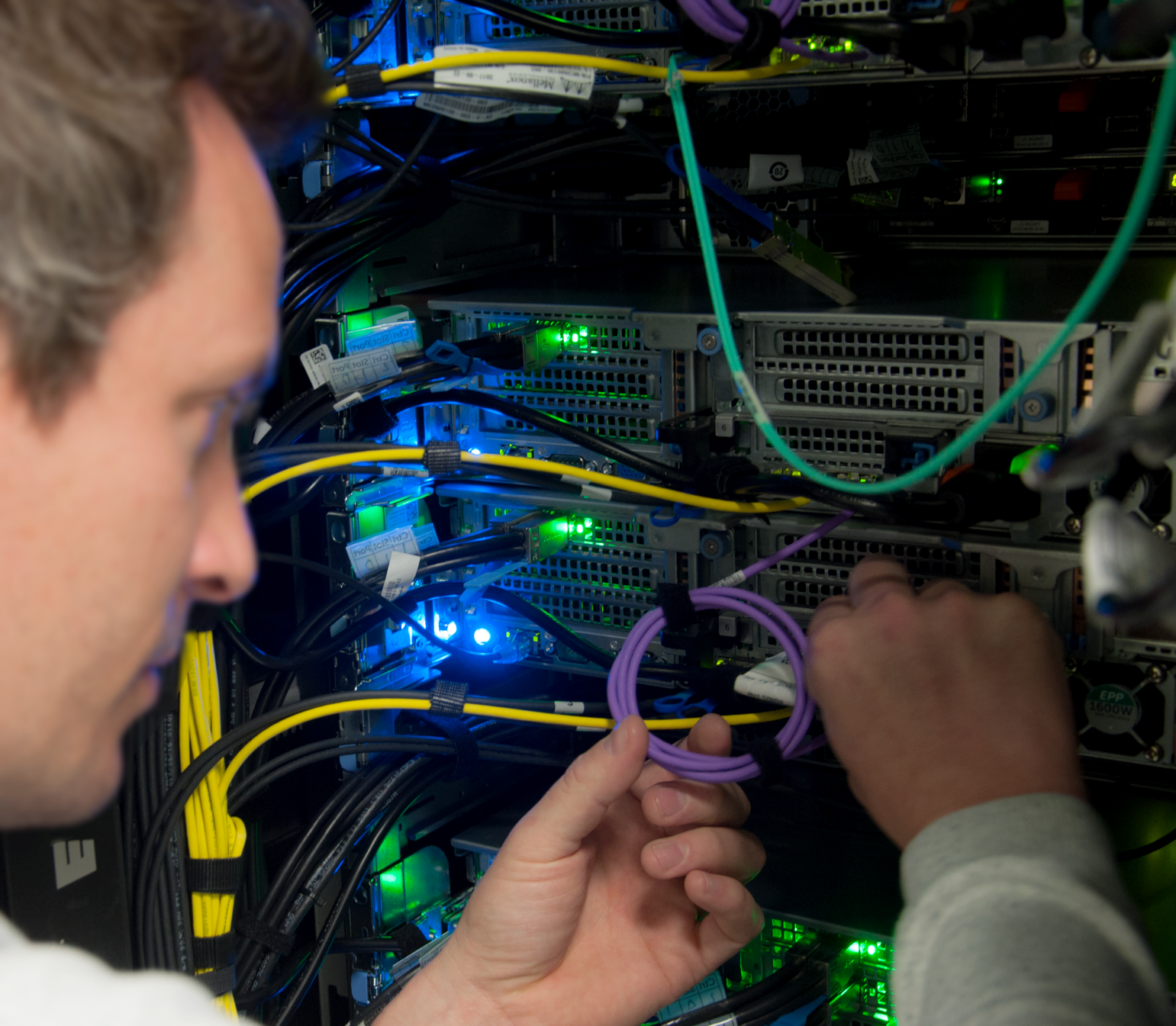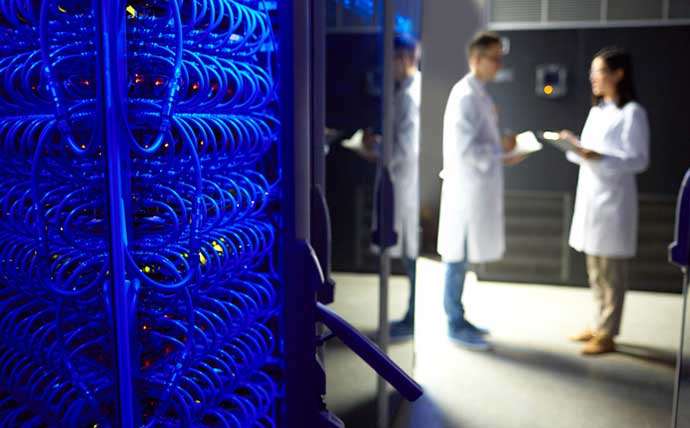The Swinburne University of Technology in Melbourne will get a new AU$18.5 million supercomputer for space technology, medicinal, and environmental research in the future.
The new facility, which will be named by Wurundjeri Woi Wurrung Traditional Owners and will have a southern night sky facade to meet local Aboriginal astrophysical knowledge, is expected to “analyse and process data a million times faster than standard computers and uses information generated from space- and Earth-facing satellites”.

Improved knowledge of gravity waves, black holes, and galaxy creation; brain data analysis by neuroscientists and neuroimaging specialists; and study into bushfire detection and natural catastrophes are just a few of the specific scientific initiatives that the supercomputer will assist.
The OzStar machine, which has been used as a national facility for astrophysics computing in Australia, including assisting in determining the nature of black holes via gravitational waves, will be replaced by the new facility.

“This supercomputer will allow Victoria to remain at the forefront of Swinburne’s world-leading research areas, including space, sustainability, medical technology and more,” Swinburne’s chief scientist professor Virginia Kilborn said.
“By bringing researchers and industry together with cutting-edge technology, the supercomputer will support new discoveries and ways of thinking that can help create a better world.”
The Victorian government will contribute AU$5.2 million from its Higher Education State Investment Fund in the facility’s development, met by funding from Swinburne University and its partners and the federal government.
According to the state government, the initiative will produce 65 employment in data, research, and software and 20 PhD positions, with chances for 250 students from primary to university level through STEM outreach programs and partnerships with industry and start-ups.
On Tuesday, Australian Prime Minister Scott Morrison proposed AU$2 billion in research commercialisation activities, focusing on “six manufacturing priority areas.”

During his speech to the National Press Club, he explained that the centrepiece of the investment would be a 10-year AU$1.6 billion program called Australia’s Economic Accelerator (AEA), focusing on commercialising six national manufacturing priority areas: resources and critical minerals, food and beverage, medical products, recycling and clean energy, defence and space.
The AU$2.2 billion package also includes an AU$150 million expansion of the CSIRO’s Main Sequence Ventures project, which will help start-ups market and promote commercial opportunities. In addition, over ten years, AU$296 million has been set aside to develop 1,800 industry-focused PhDs and 800 fellowships.


